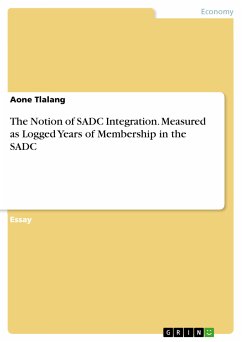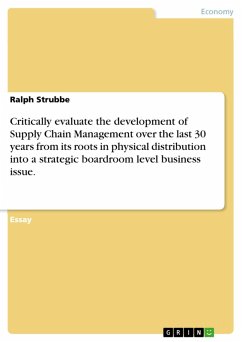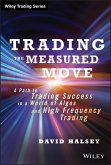Essay from the year 2021 in the subject Business economics - Operations Research, grade: 5.0, University of Botswana (Department of Architecture and Planning), course: URP 505, language: English, abstract: This paper attempts to discuss the notion that SADC integration is measured as logged years of membership in the SADC. The on-going project of Southern African Development Community (SADC) integration can be seen as a particular form of regionalization, which Perkmann and Sum (2002) view as the creation of a relatively homogeneous economic space accompanied by a high degree of transnational coordination and governance, all within a defined geographic space. This is to say regional integration serves a role in breaking the boundaries that impede trade and exchange of skills, ideas, services and people as they have a constraining impact on regional growth and development. However, according to Elizabeth Price (2021), there are some risk factors which may hinder successful regional integration inclusive of differences in individual state preferences and national priorities, lack of complementary policies and institutions and the exploitation of some members by the others. SADC is a non-exception to these complexities making it part and parcel of what Wilmoth (2017), terms to be the 'realities of African regionalism' where economists describe the process of regional economic integration in Africa largely as a failure in terms of trade, investment, global and regional value chains, skilled labor and entrepreneurship mobility, business cooperation, and policy coordination due to assuming a linear model of integration.
Dieser Download kann aus rechtlichen Gründen nur mit Rechnungsadresse in A, B, BG, CY, CZ, D, DK, EW, E, FIN, F, GR, HR, H, IRL, I, LT, L, LR, M, NL, PL, P, R, S, SLO, SK ausgeliefert werden.









